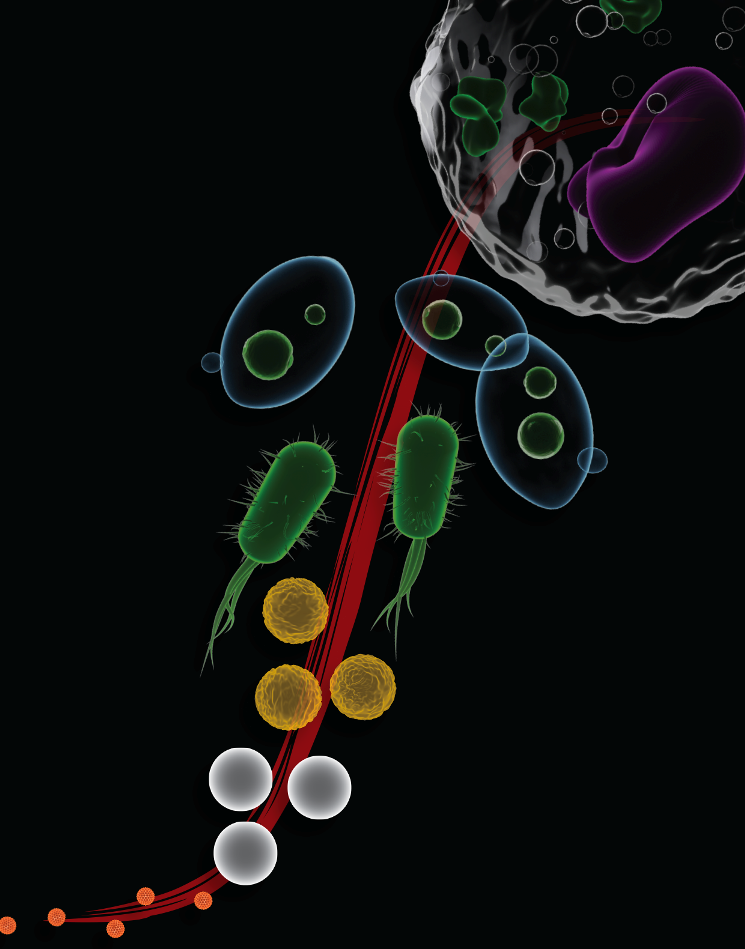Apr 21 2020
For a long time, scientists have been looking for the working mechanisms of self-assembly that are capable of building a cell (that is, a complex biological organism) and also a crystal (a much simpler inorganic material) in the same manner.
 Image Credit: Bilkent University.
Image Credit: Bilkent University.
Now, a Turkey-based research team has revealed the underlying mechanisms of a universal self-assembly procedure that acts on a variety of materials, beginning from a small number of atom-sized quantum dots, which are almost 100 trillion atom-sized human cells. The researchers’ technique was explained in the Nature Physics journal.
To initiate self-assembly, either you force the system to deliver a specific outcome, or you use its inner dynamics to your advantage for universal outcomes. We followed the second approach.
Dr Serim Ilday, Study Lead, Bilkent University-UNAM
The scientists have successfully demonstrated the self-assembly of both simple and complex constitutes, whose mass and size were different by over four orders of magnitude. All such constitutes come together after a sigmoid function, also called the S-curve.
Fascinatingly, the researchers also noted that the separate deviations from the S-curves track the statistics of the Tracy-Widom distribution, manifesting in different physical, economic, and social systems.
Serim and I were attending a math seminar, where we first saw this particular distribution. Serim looked at me and said, ‘that’s it; we need to search for it,’ and we did.
Dr F. Ömer Ilday, Study Co-Author, Departments of Physics and Electrical and Electronics Engineering, Bilkent University-UNAM
Dr Gökhan Yıldırım from Bilkent University-Mathematics, another co-author of the study, conducted the seminar. According to him, “After the seminar, they approached me, the idea was fascinating, and we started working on it immediately.”
Dr Ghaith Makey, the study’s first author, added, “What motivates us nowadays is to predict and study new examples of systems in Tracy-Widom universality, and understand why it manifests in very many different systems.”
The researchers also showed how their technique could prove handy for practical applications.
“The possibilities are endless. For instance, an unknown infection is detected at a hospital’s ICU. Instead of waiting for hours or days to identify the culprit pathogen, within minutes, you can take a sample, add candidate drugs, see if they put an end to the infection, stated Dr E. Doruk Engin from Ankara University-Biotechnology Institute.
“It was unbelievable to see how easily living organisms could be manipulated within seconds,” added Dr Özgür Şahin from Bilkent University-Molecular Biology and Genetics, and also from the University of South Carolina.
Dr Hilmi Volkan Demir, the study’s co-author from Bilkent University-UNAM, Physics, and Electrical and Electronics Engineering and also from NTU Singapore, added, “such instant control over tiny speedy quantum matter is in many ways beyond the capabilities of current technology. It can have a real impact on nanotechnology.”
The scientists further highlighted that this is certainly not the end of the story, because studies on self-assembly have a long and rough road ahead when it comes to identifying and practicing the principles of Mother Nature.
Possible practical uses aside, our method is a great tool for exploring the physics of how driven systems evolve far from equilibrium. This includes epidemics; in fact, our preliminary analysis of COVID-19 data suggests that its fluctuations may be following the Tracy-Widom statistics just like our system.
Dr Serim Ilday, Study Lead, Bilkent University-UNAM
“More interestingly, our analytical model fits COVID data better than the S-curve. Seeing all these, we decided to investigate the physics of the pandemic promptly,” Dr F. Ömer concluded.